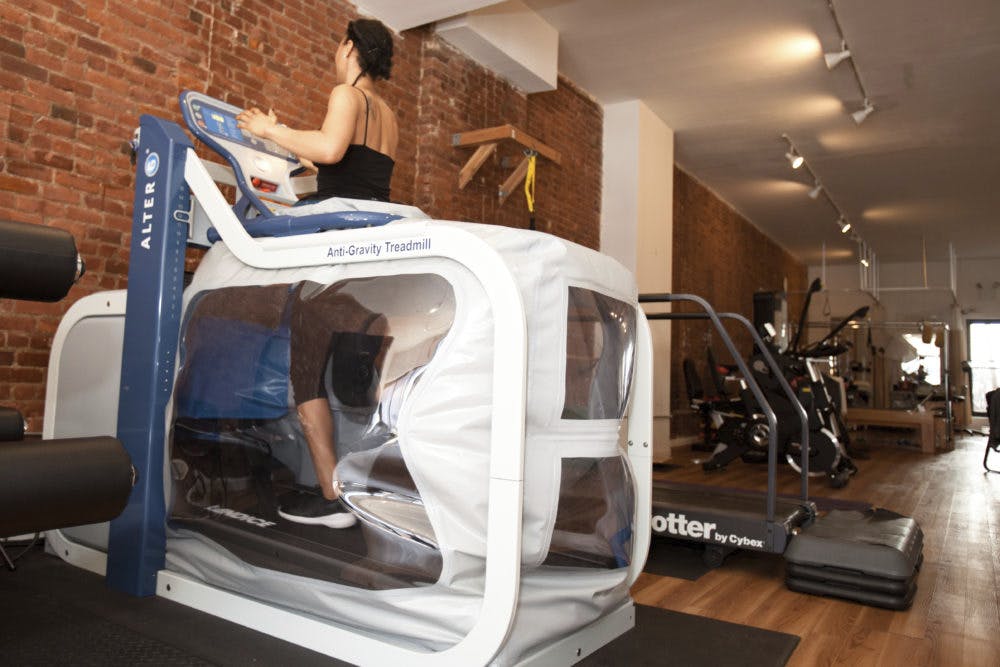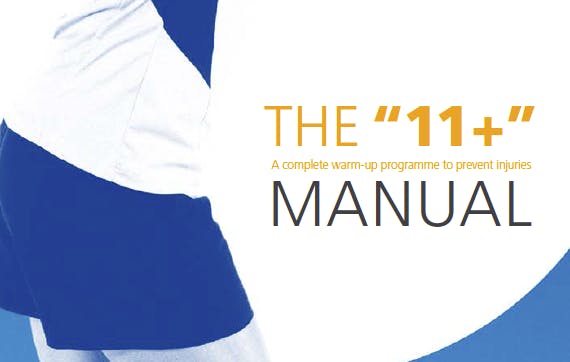Originated in Japan where it was known as “kaatsu training” which means “training with added pressure”. A method of exercising the muscle by partially reducing arterial blood flow. A venous return is fully stopped in this method. It is achieved by partially occluding the vasculature above the muscle. This method essentially accelerates rehabilitation protocol by creating an environment that “fools” the muscle as if it is working harder and lifting much heavier loads than it actually does. The advantage over traditional weight training is that it reduces the load on the joint while achieving the same metabolic response. We all know that getting stronger requires working against resistance. The resistance is defined in terms of load and volume, but what do we do in cases when people cannot tolerate high loads, for example following surgery, injury or degenerative condition? Or simply do not have access to the high weights necessary to accomplish their goals?
Muscle weakness and why we are concerned about it.
Any injury or circumstances that require immobilization will lead to various degrees of weakness: sprained ankle, sprained back, knee surgery. Muscle weakness sets in quickly: Atrophy appears within days of disuse. And what relationship muscular strength has in the relationship of quality of life? It has been shown that strong muscle supporting the joint can delay or even prevent arthritis. For instance, greater quadriceps strength is linked to a lower risk of osteoarthritis. It is increasingly evident in non-injured healthy populations that loss of strength is a risk factor in developing osteoarthritis. With aging a decrease in some physical function occurs due to diminished muscle strength, vascular function, and bone mineral density.
Therefore, strength training is indispensable in the rehabilitation of musculoskeletal injuries: acute or chronic.
How Blood Flow Restriction Flow works.
A pneumatic tourniquet system applies an external pressure through the tourniquet cuff by applying the right amount of external pressure. There is a gradual mechanical compression created when the cuff is inflated resulting in the partial restriction of arterial flow and full restriction to the venous return. Compression of the vasculature above the muscle creates inadequate oxygen supply, thus changing physiological conditions under which muscle exercises. This causes greater fatigue, muscle activation, and also anabolic signaling pathways that lead to muscular adaptations compared to exercise without BFR. Thus it creates the same metabolic environment as if the muscle had been exercised in high-intensity resistance exercise without a restriction in the blood flow.
Is Blood Flow Restriction Training Safe?
The treatment is performed under the supervision of a licensed Physical Therapist who has additional training in the BFR technique and is following established safety protocols based on evidence and contemporary research. Blood Flow Restriction training It is an emerging clinical modality successfully implemented to achieve physiological adaptations for individuals who cannot safely tolerate high muscular tension. Continued research established parameters for safe application for widespread clinical adoption. Current evidence supports BFR training as a way to improve muscular strength and hypertrophy for individuals with musculoskeletal dysfunction.
Most commonly treated conditions by Blood Flow Restriction Method
- Post-operative anterior cruciate ligament reconstruction,
- Isolated muscle weakness
- Pre-sarcopenia,
- Knee osteoarthritis
- Individuals with compromised bone mineral density
- Neurological conditions; stroke, cerebral palsy
- Cardiac rehabilitation.
In summary, at ParkSports Ivy our clinicians are always striving to be at the forefront of clinical research and innovation. We work closely with referring physicians and collaborate on the best and most effective treatment approach to get you back on your feet faster and safer.
To schedule, an appointment with one of our clinicians call 718 230-1180
.png?auto=format&auto=compress&h=150)











